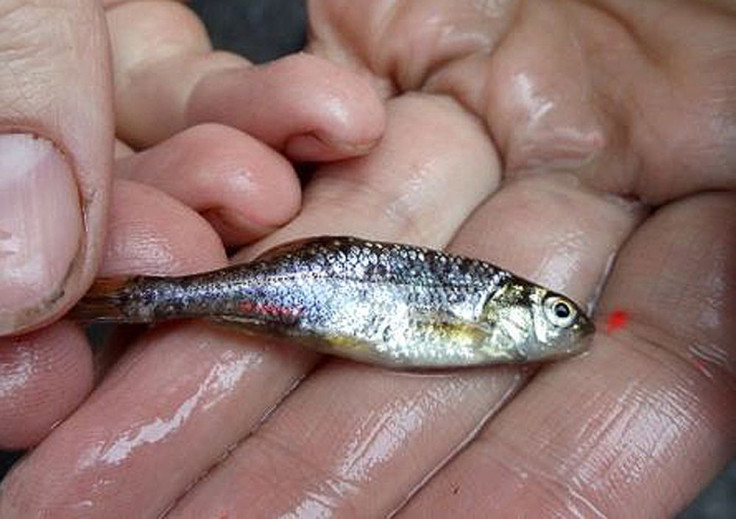Minnow Removed From Endangered List

The tiny minnows that live only in the backwaters in Oregon’s Willamette Valley are the first fish to be removed from the Endangered Species Act because it is no longer in danger of extinction. The action comes 22 years after the 3-inch-long fish was first listed as endangered species, and five years after, it was graded as threatened.
The minnow demonstrates how a species can be brought back from near extinction if key needs are met such as a safe place to live even in an urban landscape. This act does not mean that the species is so safe that nothing needs to be done for it, but that although it still needs attention, it is no longer in the emergency room of the Endangered Species Act.
The Oregon minnow or chub had practically disappeared from Willamette Valley as the swampy backwaters and beaver ponds it depends on were drained to control flowing and create farms and cities over the past century and a half. Those that survived became easy prey for predators like bass and bullfrogs. Restoring the minnow had focussed on working with private, tribal and public landowners to protect and restore ponds and backwaters that the fish need to thrive.
The fish were also transplanted to expand its range and population, they were protected from predators and dam releases were altered to resemble natural river flows. A number of state and federal agencies, tribes, conservation groups and private landowners had joined in the work.
Saving the minnow faced fewer hurdles than more high profile species such as salmon, which have been harmed by major economic forces such as logging, hydroelectric dams and urban development. Delisting of the minnow has been done after establishing 80 different populations around Willamette Valley. Now there are some 140,000 known Oregon minnows around Willamette Valley.
To contact the writer, email: sonali.raj@gmail.com






